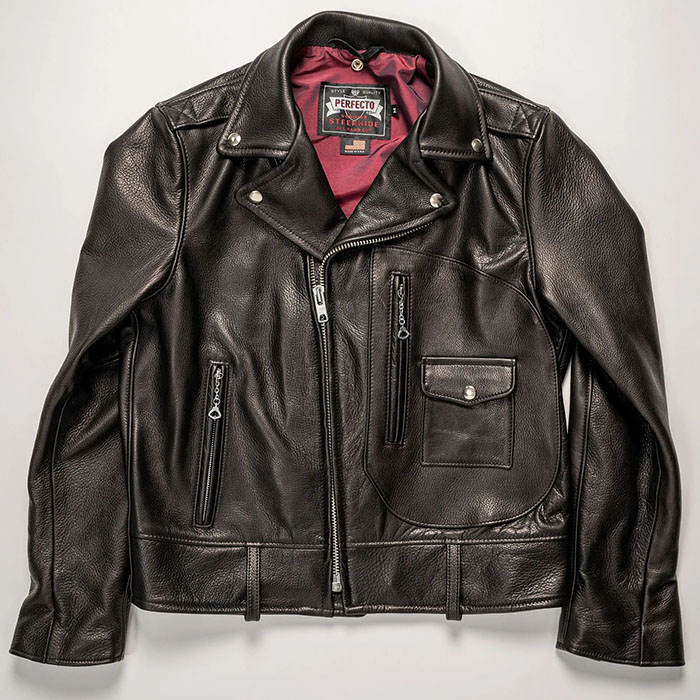Fletch
I'll Lock Up
- Messages
- 8,865
- Location
- Iowa - The Land That Stuff Forgot
An early classic of swing music is Duke Ellington's It Don't Mean A Thing (If It Ain't Got That Swing), first recorded by his Famous Orchestra in 1932.
[video=youtube;-FvsgGp8rSE]http://www.youtube.com/watch?v=-FvsgGp8rSE[/video]
Especially interesting to us musicians - and perhaps to musically oriented Loungers - is the chance to contrast the recording with a note-for-note transcription played by Michael Law's Piccadilly Dance Orchestra in 2011.
[video=youtube;IyMq7_7UNZk]http://www.youtube.com/watch?v=IyMq7_7UNZk[/video]
Though a high-quality, feeling rendition, there are inevitably touches they didn't re-create from 1932. Unison saxophones playing with vibrato isn't considered good musicianship any more. Really good bass players don't slap, and few trombonists care to play plunger mute style way up in the trumpet midrange. And that weird Sonny Greer style of drumming - that you feel but don't quite hear - probably couldn't be done today, because let's face it, the beat and rhythm of swing music is now standardized.
And the meaning, context and use of the music have all changed. 80 years is forever in terms of living cultures, and there is almost no "early performance practice" for jazz. You can hear the change most tellingly in the character of the beat - just listening to first few seconds of rhythm section.
- In 1932 swing was a new music, not yet defined. (Despite the song title, it didn't even have a name.) Every pioneering ensemble played it a little differently. And it was made to dance to, because people danced by the millions then. The 1932 beat has a crisp energy and a percussiveness that makes you want to move your whole body. It's a little bit raw. It's fresh.
- In 2011 this music stood in for a whole era. It's a tribute by and for people who mostly do not dance - at least not as people did in 1932. The 2011 beat is standard swing, with a light theatrical lilt. It could be danced to, but it's for snapping a quiet finger, perhaps rocking back and forth in your seat, in a club or concert hall. It's a little bit polite. It's classic.
The difference is to be expected, really. There are great musicians and groups - very few of course - who try to recreate the color and flavor of old jazz. But the point usually, as it is here, is to honor a classic recording and improvised passages as a text, without anything that could be classed as imitation.
Written notation is traditionally the highest form of transmission for classic music (even if it's not "classical music"). It pays tribute to the arranger and improvisors on the classically highest level, as composers. As long as there's a balance between feeling and faithfulness, the performance won't be a lame travesty or a stale museum piece. And that's about as good as it gets.
[video=youtube;-FvsgGp8rSE]http://www.youtube.com/watch?v=-FvsgGp8rSE[/video]
Especially interesting to us musicians - and perhaps to musically oriented Loungers - is the chance to contrast the recording with a note-for-note transcription played by Michael Law's Piccadilly Dance Orchestra in 2011.
[video=youtube;IyMq7_7UNZk]http://www.youtube.com/watch?v=IyMq7_7UNZk[/video]
Though a high-quality, feeling rendition, there are inevitably touches they didn't re-create from 1932. Unison saxophones playing with vibrato isn't considered good musicianship any more. Really good bass players don't slap, and few trombonists care to play plunger mute style way up in the trumpet midrange. And that weird Sonny Greer style of drumming - that you feel but don't quite hear - probably couldn't be done today, because let's face it, the beat and rhythm of swing music is now standardized.
And the meaning, context and use of the music have all changed. 80 years is forever in terms of living cultures, and there is almost no "early performance practice" for jazz. You can hear the change most tellingly in the character of the beat - just listening to first few seconds of rhythm section.
- In 1932 swing was a new music, not yet defined. (Despite the song title, it didn't even have a name.) Every pioneering ensemble played it a little differently. And it was made to dance to, because people danced by the millions then. The 1932 beat has a crisp energy and a percussiveness that makes you want to move your whole body. It's a little bit raw. It's fresh.
- In 2011 this music stood in for a whole era. It's a tribute by and for people who mostly do not dance - at least not as people did in 1932. The 2011 beat is standard swing, with a light theatrical lilt. It could be danced to, but it's for snapping a quiet finger, perhaps rocking back and forth in your seat, in a club or concert hall. It's a little bit polite. It's classic.
The difference is to be expected, really. There are great musicians and groups - very few of course - who try to recreate the color and flavor of old jazz. But the point usually, as it is here, is to honor a classic recording and improvised passages as a text, without anything that could be classed as imitation.
Written notation is traditionally the highest form of transmission for classic music (even if it's not "classical music"). It pays tribute to the arranger and improvisors on the classically highest level, as composers. As long as there's a balance between feeling and faithfulness, the performance won't be a lame travesty or a stale museum piece. And that's about as good as it gets.
Last edited:



